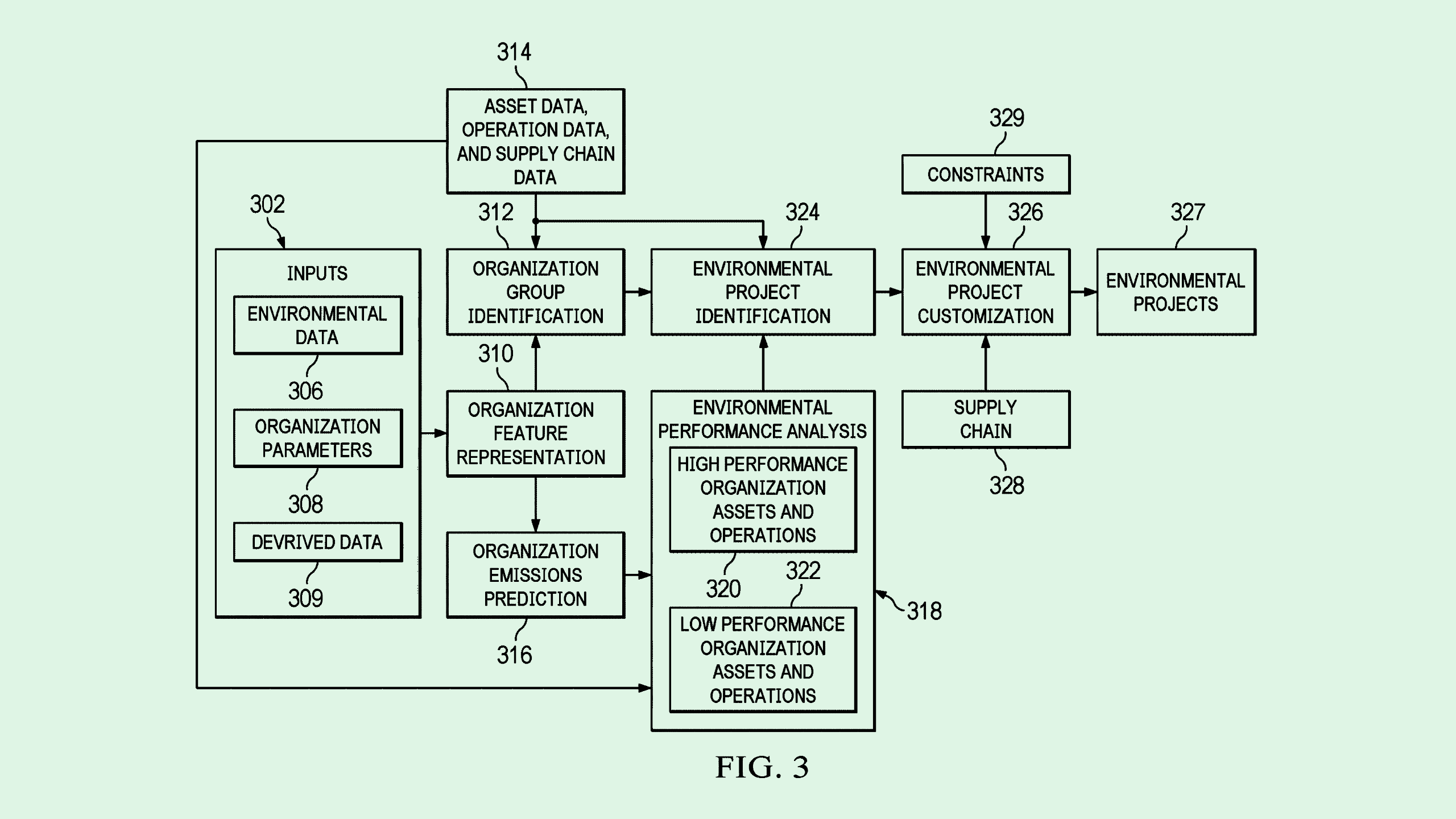IBM Patent Highlights Fundamental Issues with Big Tech’s Net-Zero Goals
IBM may want to help businesses reach net zero.

Sign up to uncover the latest in emerging technology.
With AI development eating up tons of power, IBM may be looking for ways to make businesses a little greener.
The tech firm filed a patent application for “net zero acceleration for organizations.” IBM’s system essentially creates a personalized plan of which environmental projects or carbon offsets a company should support based on its specific parameters.
“Organizations are under pressure from investors, consumers, policymakers, and others to disclose greenhouse gas emissions generated by their activities,” IBM said in the filing. “Organizations need technology to measure, track, and reduce emissions while building operational resiliency to the effects of climate change.”
Notably, the filing itself attempts to wrap a software program within a hardware patent by noting that a “number of processor units” are used to perform analysis. However, to put it simply, IBM’s tech evaluates the “environmental performance” of either an organization as a whole or different groups within an organization.
A group’s environmental performance may be calculated using data about emissions or energy usage, as well as efforts that are already being done at the company, such as renewable energy or conservation projects. If the program gives the organization a low score in its environmental performance, it may identify specific projects or initiatives that’ll help that group reach its net-zero goals.
For example, if an organization’s supply chain is causing a lot of emissions, then the system may recommend ways to cut those, or projects to invest in or initiate that fit into that side of the business.
While IBM’s patent is slightly convoluted, it makes sense why the company would want to target this niche: As the tech industry continues to forge ahead with AI adoption, many major companies’ net-zero emissions goals are moving further and further out of reach as their energy bills climb.
These organizations set vastly ambitious environmental goals for themselves in recent years, many of which were likely not feasible in the first place, said Dan Stein, founder and executive director of Giving Green. ”It was probably going to be impossible for them to meet those goals without the AI, and now that the AI has come, it’s only gotten worse.”
Many organizations’ net-zero promises relied on two main factors: reducing emissions to a bare minimum and investing in carbon removal to cut out the rest. While cutting the first 10% of emissions isn’t as difficult, Stein said, making significant cuts becomes “unreasonably expensive.”
As for carbon removal, Stein said, many are relying on the price to drastically drop so the technology can scale. While there’s been some progress, carbon removal costs are still at roughly $600 to $1,000 per ton, and need to dip below $200 to really take off.
Because of this, Stein worries that companies that set these goals will “claim victory using questionable methods,” such as buying carbon credits that are not actually viable. Some may also admit that their goals were unrealistic and start to quietly back away from them.
“What I hope to see is an admission that the bean-counting of net zero is not really getting them where they need to go, and to try [to] take more of a climate benefit maximization mindset,” he said.











